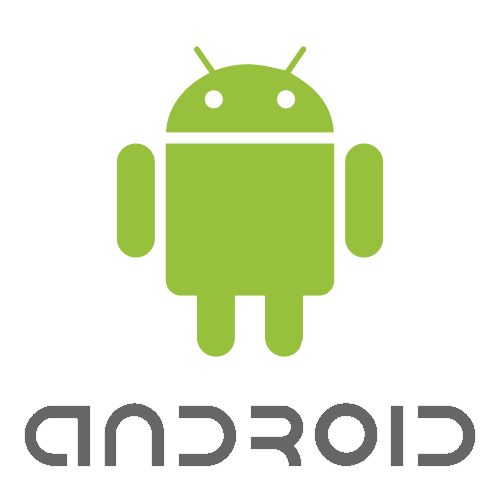I didn’t know you could get ad free Pandora without paying $36 per year until I decided to BUY A SONOS. If you haven’t heard of Sonos, you’re not the only one. I didn’t know about it until I read Jason Calacanis‘ blog and I just happened to be in the market for a home stereo at the time so I thought I would give it a shot.

-Photo: Sonos Zoneplayer
There are pro’s and con’s to my experience with Sonos to say the least, but over all it’s good…very good. I’m a happy owner. The biggest upside is AD-FREE PANDORA streaming throughout the house anytime we want it, and we can control it all wireless from any computer and my wife’s iPhone. I’m not sure if the lack of ads is on purpose, or if it’s just a glitch in my household, but it’s been one whole week of music streaming in my house and I have not been served one single advertisement from Pandora (fingers crossed). The biggest downside to the Sonos is its COMPLICATED SETUP PROCESS (I won’t bore you with it but it’s a total pain if you do not have the right router / networking hardware).
In short, Sonos is an easy way to wirelessly stream audio throughout your home and to stream music wireless to your stereo from any computer, an iPhone, and best of all, you stream the music from pretty much any music service the web – like Pandora (my personal favorite), Last.fm (not bad), Napter, Rhapsody, AM / FM Radio and even International Radio.
Here’s why I really like it…it’s affordable ($399) and the sound quality is great considering the size of the speakers (it’s as small in size and about equal in quality to a Bose wave radio).
With a Sonos, you do not need to have your own local .mp3 collection to have access to tons of streaming music (particularly Ad Free Pandora). This is huge. You can easily stream cloud based music services and control them in a pretty slick interface (the Sonos Desktop controller and iPhone app) and pump the music through your home. You can wirelessly add additional Sonos speakers (called Zoneplayers) and stream audio through any numbers of rooms or even outside, wherever you have power.
At first I was skeptical because I’ve experimented with the wireless iTunes streaming capabilities of Apple’s Airtunes hooked into a home stereo. However, there is one main problem with this approach – the need for the following items / abilities:
1. Local set of music (i.e. huge local library of content on your computer’s hard drive or an external hard drive, which are prone to failure over time), and
2. The inability for AirTunes to stream music services (other than your local .mp3/CD collection) though AirTunes. This issue may one day be solved with LaLa Airtunes integration, but for now, it remains an outstanding issue and Sonos solves this problem by enabling streaming of pretty much every web / cloud based music service out there.
APPLE SHOULD ACQUIRE SONOS
Given my experience with Sonos, the company seems ripe for an acquisition by Apple one day. If Apples want to gain market position in home entertainment and compete with Microsoft’s Xbox and Sony’s Playstation, then this acquisition makes a lof of sense. The only issue being that I am not sure Apple has ever acquired another hardware manufacturer before; there’s always a first time for everything right?. The Sonos product line is already designed to look just like Apple’s products – white and minimalist. Perhaps it was designed this way intentionally by the folks at Sonos to set themselves up for a potential Apple partnership one day? I think Apple should acquire them, work out the networking bugs, and push the Sonos to Apple fans as a home entertainment/ streaming music solution. Sonos would fit well into Apple’s present product offering.






